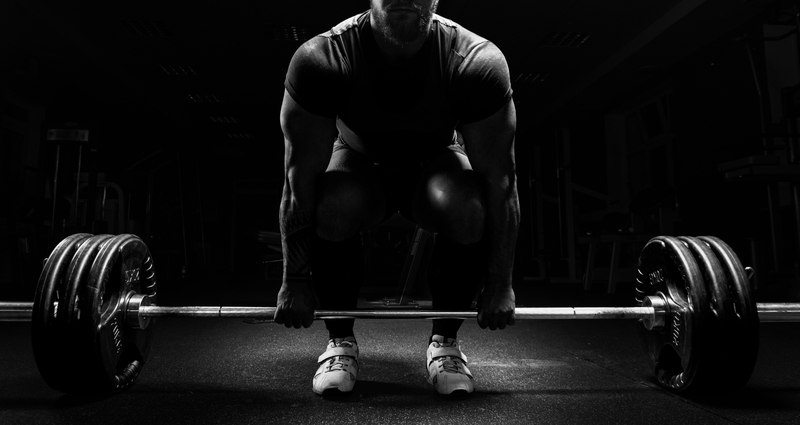The late motivational speaker Jim Rohn once said, “Success is neither magical nor mysterious. Success is the natural consequence of consistently applying basic fundamentals.”
Success in fitness means moving better and stronger, with minimal pain, and being able to complete the activities we love to the best of our ability. In short, being physically fit increases our quality of life. Fitness is not magical or mysterious. You cannot magically gain or lose results, and there is no mysterious, groundbreaking technique to help get you there. The road to being physically fit is a process, and there is always a reason for our results. It starts with the fundamentals.
Consistently working on the fundamentals of exercise technique is one of the best vehicles for your fitness journey. While specific techniques for each exercise will be different, there are a few key fundamentals that remain the same regardless of the exercise. Below is a breakdown of those fundamentals.
Fundamental: Proper Positioning
This relates to posture, contact, grip and positioning of your arms and legs.
- Are your feet (and sometimes hands) in firm contact with the floor?
- Are you gripping the weight correctly?
- Do you feel strong, comfortable and ready to react with confidence?
Answering these questions before you begin any exercise will make it that much more effective. It may take some adjustments before you find the positioning that looks and feels the best for you, so adapt accordingly and consistently evaluate your performance. Sometimes even the simplest positioning fix does the trick!
Fundamental: Avoid Over-squeezing
This applies to how you grip the ground with your feet, how you grip weights with your hands and how you grip your muscles during exercise. For the most part, you should avoid squeezing your feet, your grip and your muscles with excessive force.
Have you been told to squeeze your glutes or core tight? Squeezing does increase muscle activity, but over-squeezing (such as bracing your core extremely tight) can actually decrease nervous system activity and subsequent strength available. This can also lead to unwanted tightness, dysfunction and nagging pain.
Squeezing to activate the proper muscles to a certain degree definitely helps, and hard squeezing can be necessary in a rehab setting or when using a certain group of muscles for the first time in a long time, but we shouldn’t have to consciously squeeze hard all the time. Proper movement and gripping, with the right amount of force, allow the muscles to naturally engage with the right amount of energy needed to complete the task. Moving well is the best way to “squeeze.”
Fundamental: Breathing
Proper breathing technique during exercise makes all the difference. Depending on the intensity of the exercise, your breathing rate may be higher or lower, but you should always feel in control of your breath.
You should never hold your breath or strain your jaw or neck. Breathing should make everything feel better and easier, not harder or worse. A simple trick during cardio exercise is to breathe in and out with control through the nose. During weight training, breathe in during the negative phase of the movement and out during the positive phase.
For example, when squatting, breathe in when you lower down, and breathe out as you explode back up. Good breathing leads to good posture, optimal core activation, strong performance, a clear mind and efficient muscle recovery.
Do you need more specific examples? We have an entire exercise video library demonstrating proper technique for 143 different exercises! Check it out here.
Applying these principles every time you exercise will set you up on the longest runway for success and increase your quality of life. No magic or mysterious techniques — all you need are the fundamentals.

